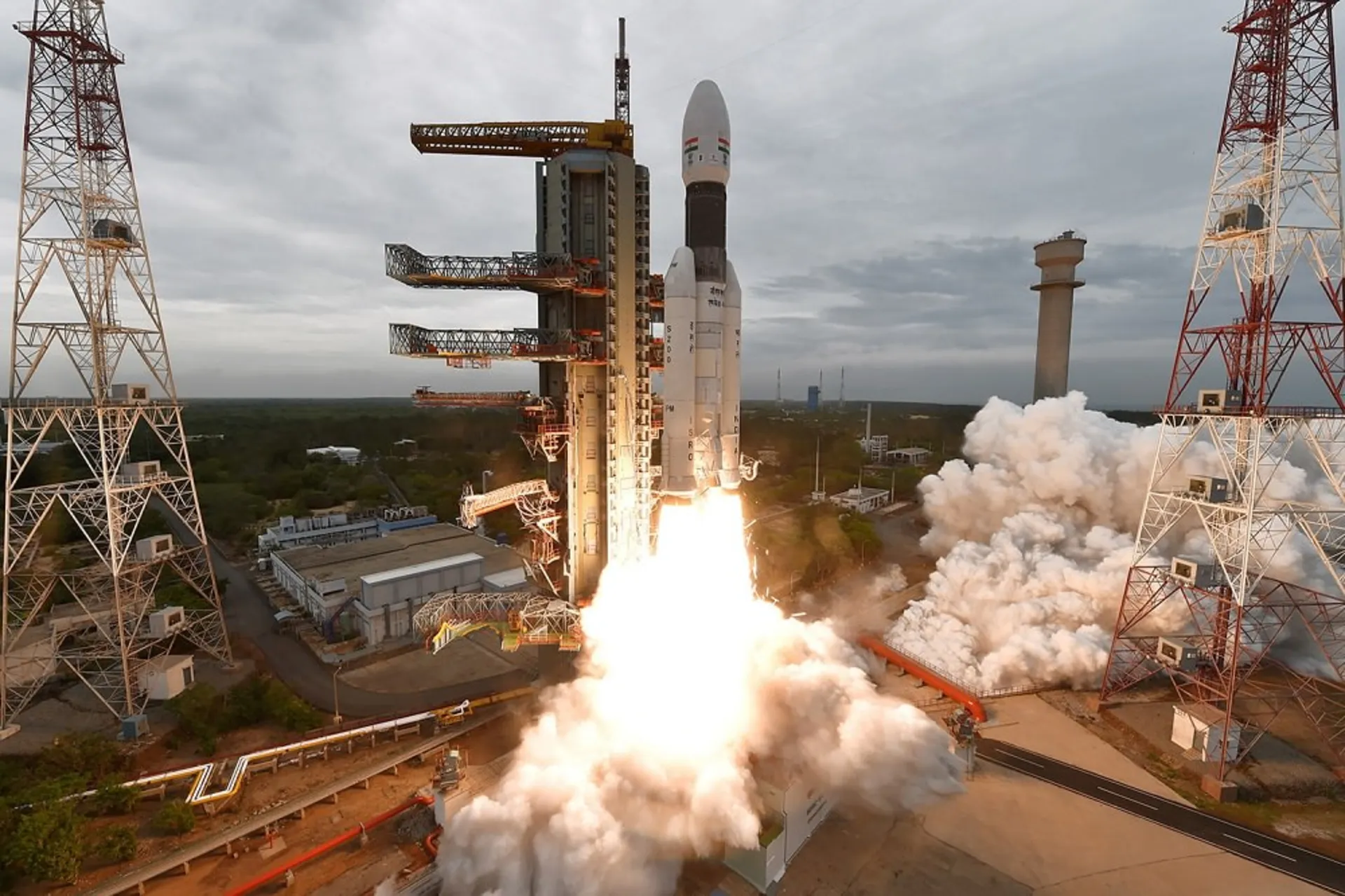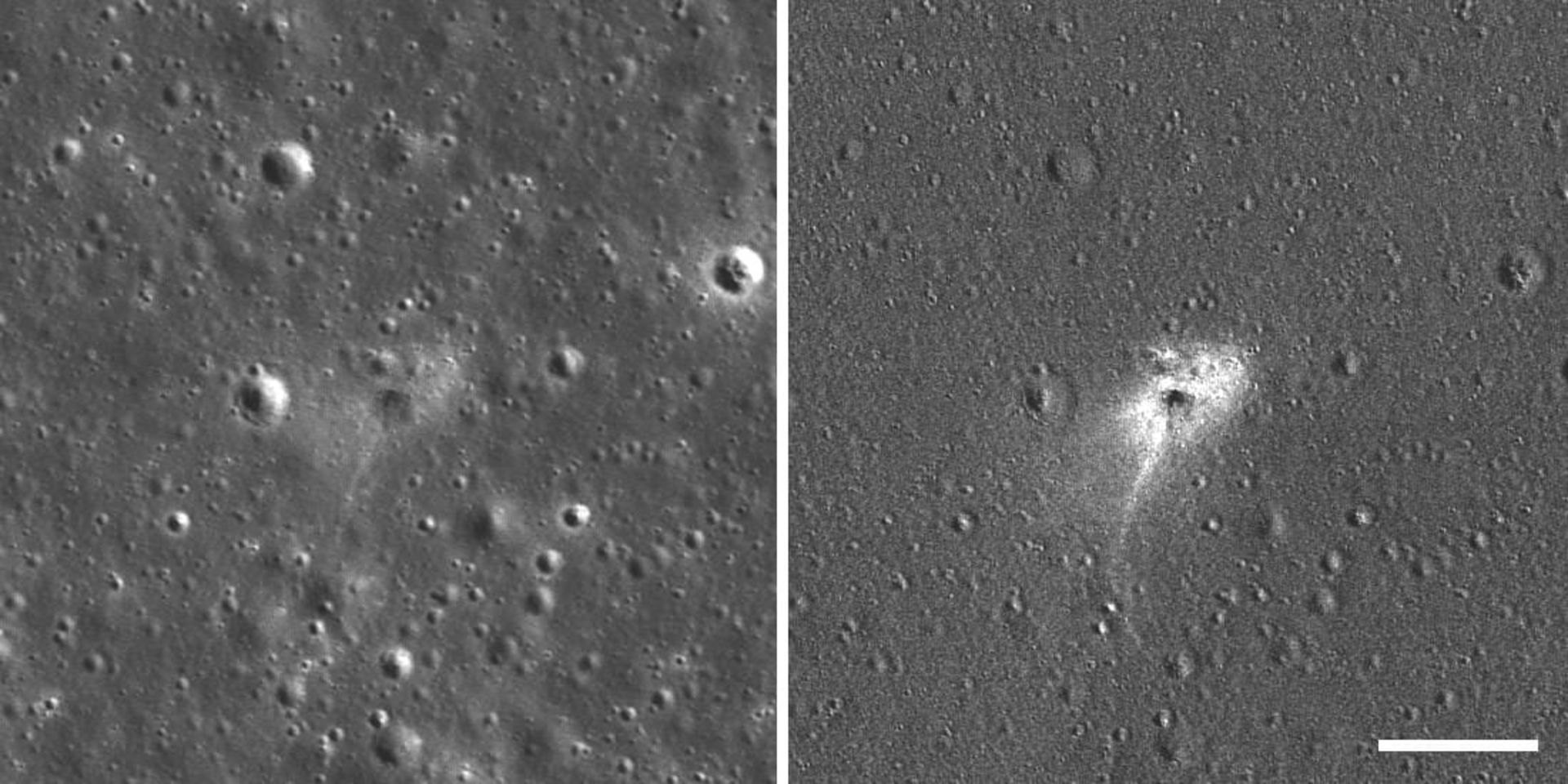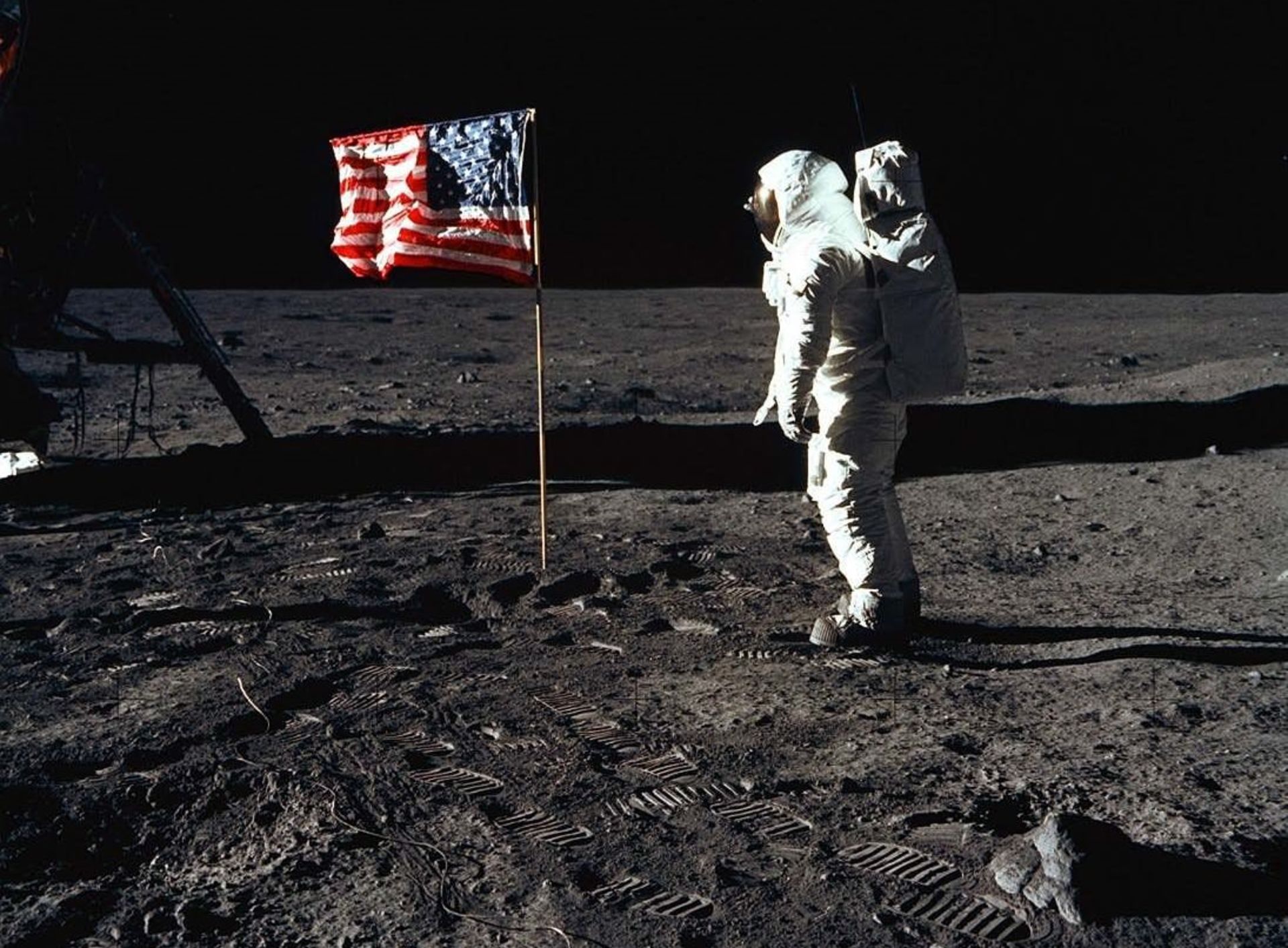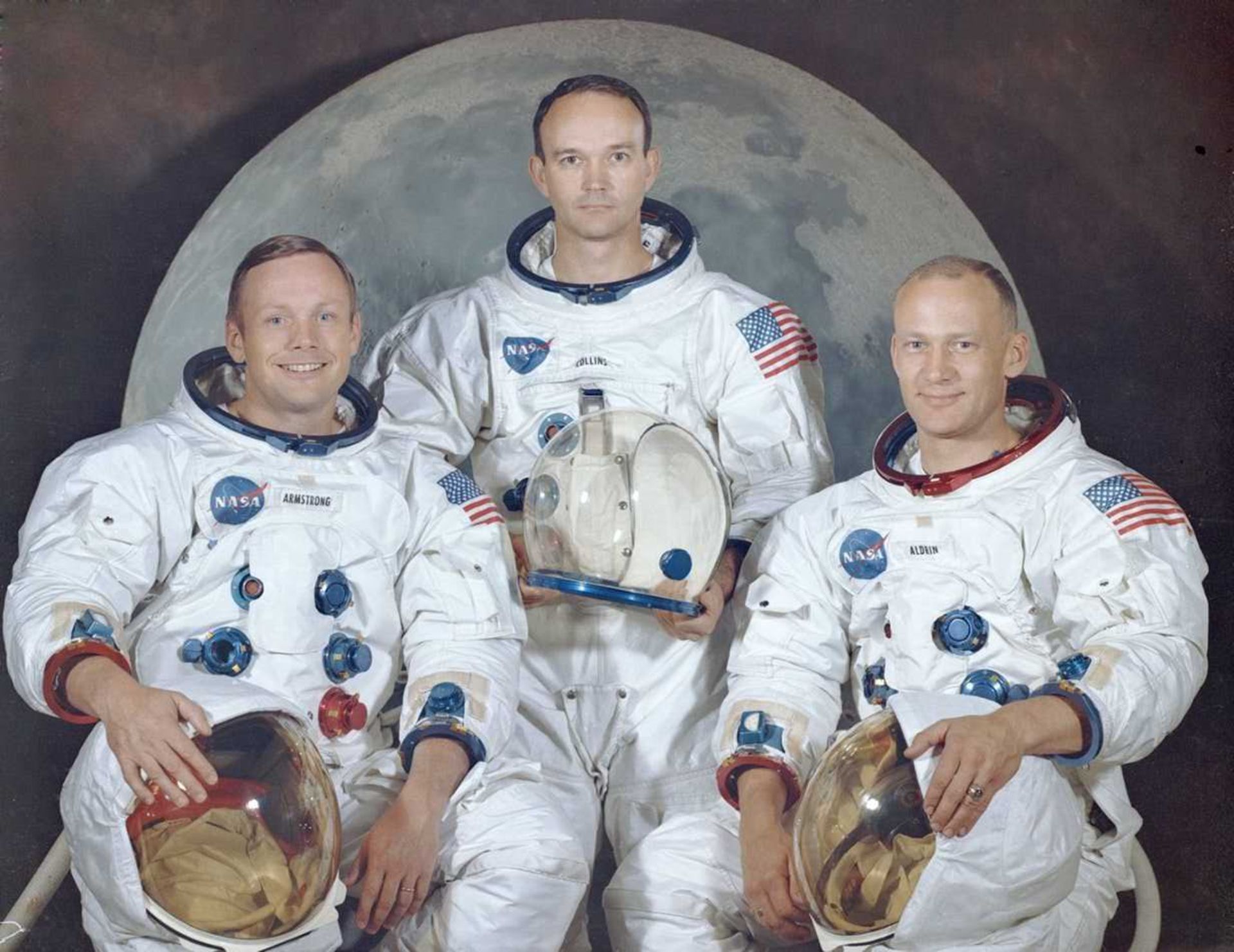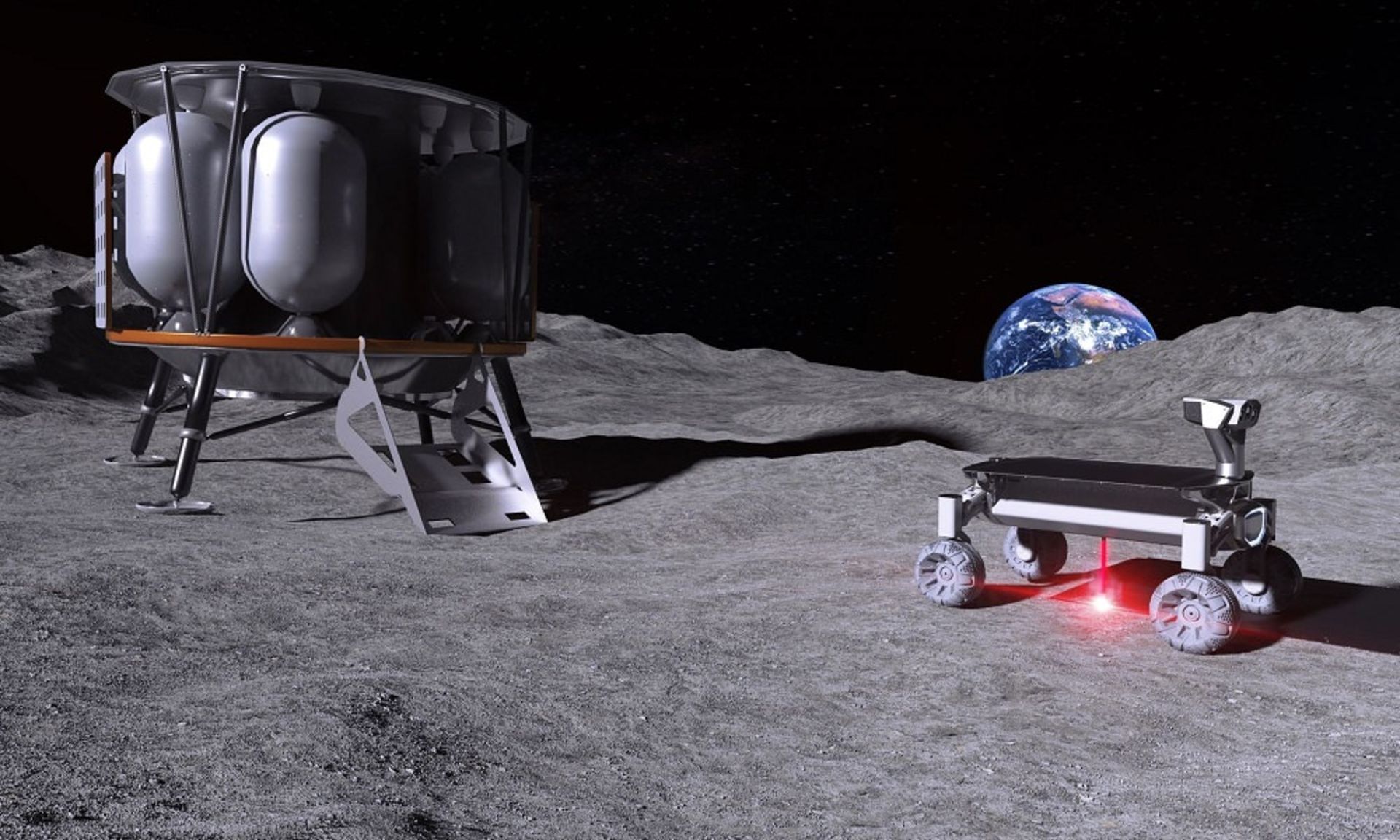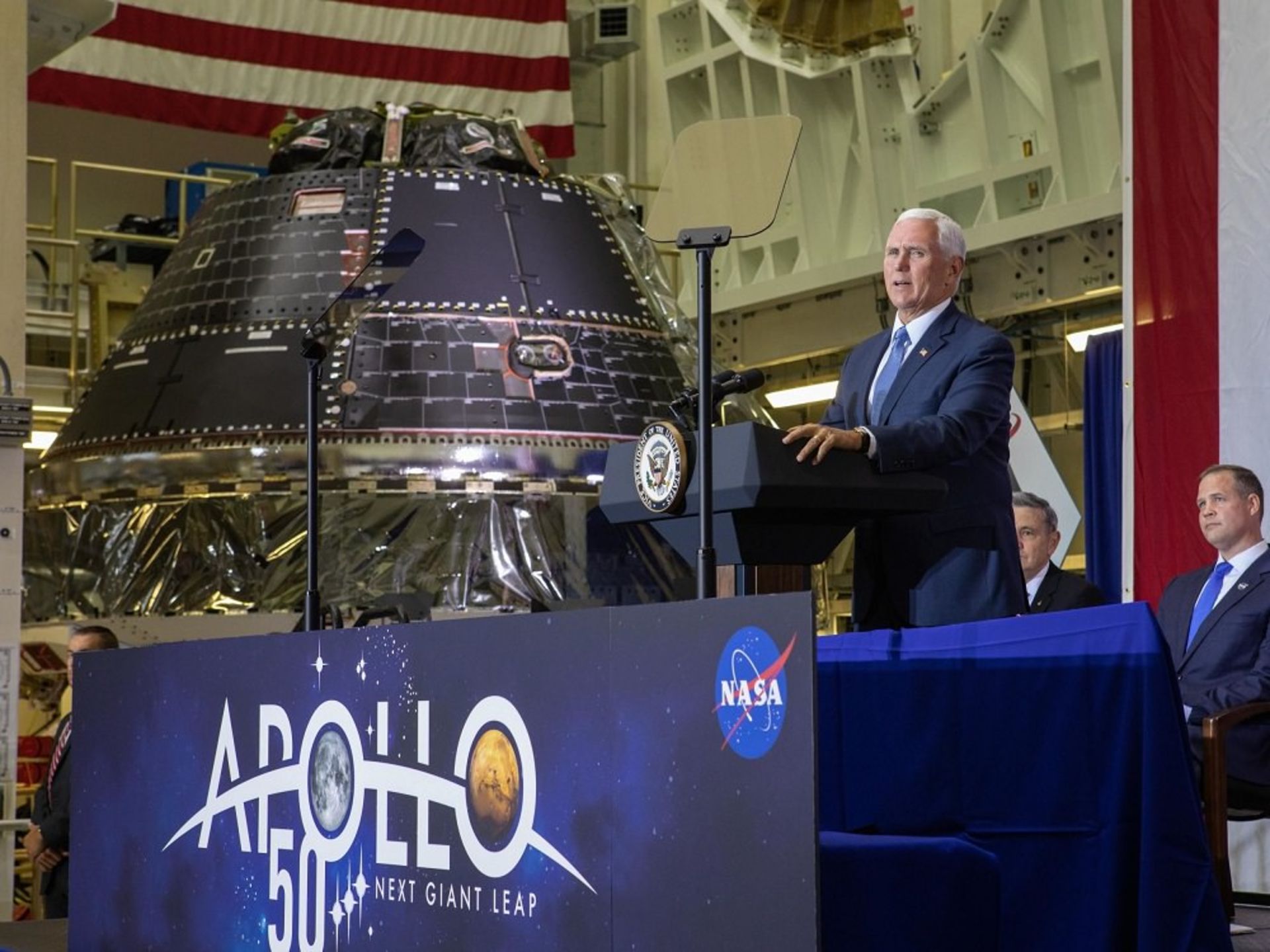A global discovery of an Earth-sized rock orbiting a white dwarf suggests a future where our planet could survive beyond the Sun.
Maybe the Earth is not doomed by the death of the sun
Will the sun one day destroy the earth? This may or may not happen. Astronomers have spotted a rocky planet the size of Earth orbiting a white dwarf, hinting at a future in which our planet outlives its star.
In 6 billion years, the sun will grow and become a red giant star. At this point, Mercury and perhaps Venus will be swallowed up, and for a long time, we thought that planet Earth would also be incinerated. But maybe the blue planet is not doomed, even though it may become an uninhabitable world in the next 6 billion years.
According to the New York Times, scientists have discovered a rocky planet orbiting a star that has passed its red giant phase. The planet now orbits a white dwarf, a smaller stellar body left over after a star burns out.
Importantly, the planet appears to have once been in the same position as the Earth now orbits our Sun. Before being swallowed up by its dying star, the rocky planet was pushed into a distant orbit, twice the distance between Earth and the Sun. In this way, the discovered world is considered the first rocky planet that has been seen rotating around a white dwarf.
A rocky Earth-like planet has survived the destruction of its star
“We don’t know if Earth can survive,” said astrophysicist Kaming Zhang of the University of California, San Diego, who led the study published in the journal Nature Astronomy. “If it survives, it will become such a system.”
The rocky planet is about 4,000 light-years away and in 2020, the South Korean Radio Astronomy Observatory discovered it using a process called gravitational microconvergence. The Korean team observed the star of the rocky planet while passing in front of a distant star, and that star magnified the amount of light reaching the telescope by a thousand times. This effect, known as convergence or gravitational lensing, makes it possible to identify very distant and faint objects.
That particular event was a one-off event, and the chances of further detailed observations are limited until powerful new telescopes can get a better look at the rocky planet in the future. But Dr. Zhang and his team were able to do more last year at the Keck Observatory in Hawaii and found out that the planet’s star is actually a white dwarf.
The researchers calculated that at least two objects are orbiting the white dwarf. One of them was a brown dwarf; That is, the failed star that had never ignited by nuclear fusion and was located at a great distance from the central star. But the other object is a planet with a mass of about 1.9 times that of Earth, which orbits closer to the star’s period and is therefore likely to be a rocky world.
By modeling the evolution of the star system, Zhang’s team calculated that the planet may have once been in a habitable orbit like Earth. The star was probably the same size as ours. “We expect the star to have been roughly the same mass as the Sun,” Dr. Zhang said.
 Gravitational convergence shows the white dwarf shown by the vertical white lines. The researchers captured images of the star years before the event (a), shortly after the background star peaked in 2020 (b), and after it disappeared in 2023 (c).
Gravitational convergence shows the white dwarf shown by the vertical white lines. The researchers captured images of the star years before the event (a), shortly after the background star peaked in 2020 (b), and after it disappeared in 2023 (c).
Keck Observatory
But as the star ran out of fuel, it lost some of its mass, causing the rocky planet’s orbit to lengthen. The rocky planet escaped from the expanding red giant phase of the star and survived to the white dwarf stage.
A handful of gas planets have been found orbiting white dwarfs, but they were either in more distant orbits or had migrated inward and closer after the red giant phase. “If Dr. Zhang’s diagnosis is correct, this would be the first rocky planet orbiting such a star,” said Susan Mulally, an astronomer at the Space Telescope Science Institute in Maryland. “It’s definitely the smallest and clearest rocky planet we’ve ever found around a white dwarf.”
A handful of gas planets have been discovered orbiting white dwarfs
Stephen Kane, an astronomer at the University of California Riverside, noted that he was excited when he first read the paper. He has previously investigated whether planets can survive when their stars pass through the red giant phase, so he is intrigued by the new discovery. However, the presence of the brown dwarf complicates everything. If the brown dwarf was once closer to the star but moved outward, it could change the dynamics of the entire system, he explained. That means, maybe there are other planets that have been thrown out and the planets that are currently observed are among the survivors.
NASA is scheduled to launch the Nancy Grace Roman Space Telescope before 2027 and is expected to find more planets through gravitational microconvergence. Perhaps some of them are orbiting white dwarfs.



 Technology1 year ago
Technology1 year ago


 Technology1 year ago
Technology1 year ago
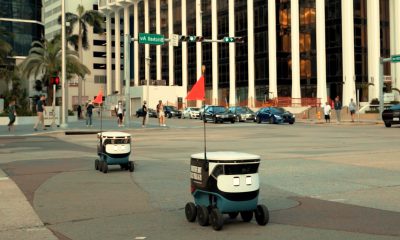

 AI2 years ago
AI2 years ago


 Technology1 year ago
Technology1 year ago


 Technology1 year ago
Technology1 year ago


 Technology1 year ago
Technology1 year ago


 Humans2 years ago
Humans2 years ago


 Technology1 year ago
Technology1 year ago


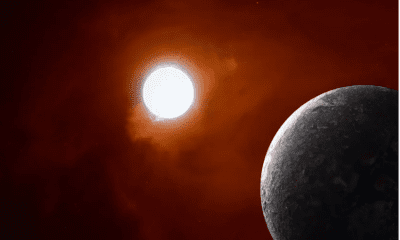

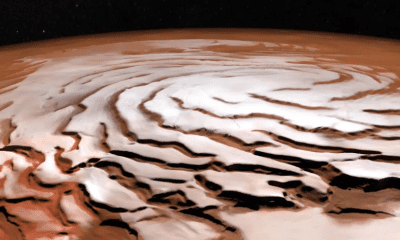

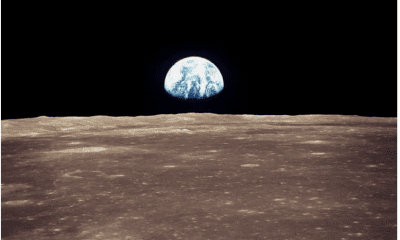

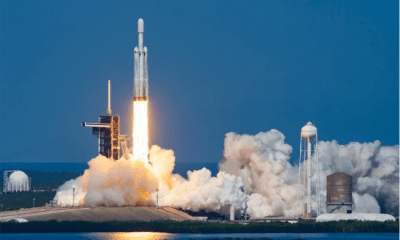

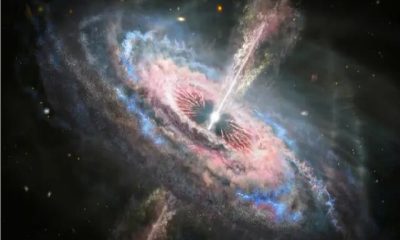




 Gravitational convergence shows the white dwarf shown by the vertical white lines. The researchers captured images of the star years before the event (a), shortly after the background star peaked in 2020 (b), and after it disappeared in 2023 (c).
Gravitational convergence shows the white dwarf shown by the vertical white lines. The researchers captured images of the star years before the event (a), shortly after the background star peaked in 2020 (b), and after it disappeared in 2023 (c).
 Images of the Red Planet from NASA’s Mars Exploration Orbiter (MRO).
Images of the Red Planet from NASA’s Mars Exploration Orbiter (MRO). NASA’s Discovery Orbiter image of craters in the Cyrene region of Mars.
NASA’s Discovery Orbiter image of craters in the Cyrene region of Mars. An image from NASA’s Discovery Orbiter of a puddle in the Dao Wallis region of Mars.
An image from NASA’s Discovery Orbiter of a puddle in the Dao Wallis region of Mars. Evidence from Earth: Cryoconite-formed cavities on the Matanuska Glacier, Alaska, 2012
Evidence from Earth: Cryoconite-formed cavities on the Matanuska Glacier, Alaska, 2012
